-
Posts
24 -
Joined
-
Last visited
Contact Methods
-
Website URL
otterlakeflutes.com
Profile Information
-
Location
Tampa, FL
-
Interests
Traditional-style woodwinds, repairing/saving old books (re-binding)
LW Info
-
Leatherwork Specialty
Bible recasing
-
Interested in learning about
antiquing, distressing, better methods of dyeing
-
How did you find leatherworker.net?
top of google
Recent Profile Visitors
The recent visitors block is disabled and is not being shown to other users.
LakeOtter's Achievements

Member (2/4)
-
Hi and thanks in advance for specific advice re: making keeper loops for collars or belts from veg tan. I don't have a splitter and just have bought veg tan 8-9oz. leather, 9-10oz., 2-3oz., maybe some 3-4oz. again soon. I assumed I would just use stock thin leather for a keeper loop for nice dog collars I'm trying to get serious about. In preliminary playing around, I noticed that the thin veg tan leather I have is noticeably softer than even Herman Oak thick stuff skived thin, experimentally with a knife. Is this an extra reason to have, at least, a small strap splitter? I mean, I guess I can wet my stock thin veg tan and dry it a few times to firm it up a bit, dye, crease or even stitch it and it will firm the end resulting loop up a bit. But I guess I'm realizing if I had a splitter I could use the exact same grain leather, a bit stiffer and, even, the same hue if it made a difference with light dye. Any thoughts confirming or denying the validity of this thinking is appreciated. Thanks! Jeff in Silver Springs, FL
-
Focus is on large dogs and lining 8-9 oz tooled leather tops. I have 2-3 oz veg tan leather that seems tough as blazes (yet soft like Herman Oak is in any thickness) and can still get more at the great price. But do any of you have experience in abrasion wear for such linings, with dogs? Would you recommend a different lining, like some synthetic? I have this 2-3 oz for lining belts. I'd probably go 3-4 oz lining in a perfect world (like the rodeo belt I watched made) but the deal on the 2-3oz was sooo much more affordable. Soft and super tough but I know nothing of abrasion resistance over a bit of time. Thanks for your thoughts. Jeff in Silver Springs / Ocala Forest, FL
-
(image attached) I'm stoked to get my KS Blade Punch brand … item, lol. I like it! I say “item” because I want to know whether to call them pricking irons or stitching chisels that happen to be French style...? If I looked at this, with my limited sewing experience, I'd have said “French Style Pricking Irons” you'd use to mark the leather, then follow with an appropriate awl rotated at that marked angle. But then everywhere I look I see people using these same types to punch all the way through like a chisel, be they KS Blade Punch, Sinabroks, or 4Z. Even Mr. Armitage talks about how they glide all the way through, in his great PDF article, here (although I couldn't tell if he was referring to the round or flat). What's the deal with that? Are these an “either/or” that can be punched through or used as a pricking iron? I got them to use as pricking irons, and follow with my C.S. Osbourne Saddler's Stitching awl. I have adequate, more affordable pricking irons in other sizes, that work fine, but couldn't find them above 4.5mm, so I got an 8 blade and 2 blade KS brand in 5mm I like the look of with 1.0 and 1.2mm thread. Often, the ads for these products say both Stitching Chisel and Pricking Iron. Thanks for your thoughts! -- Jeff (optional reading babbled below) : P.S. -- Commentary on my choosing KS over Sinabroks or 4Z, I chose KS because I saw Nigel Armitage's pricking irons/chisels reviews article from 2020. He stated in a very benign way (not taking sides) that Jin from Sinabroks left KS and went independent. Having business experience I saw this seemed to mean the development and design was taken from KS. When I bought these and mentioned loyalty to such companies vs. opportunists, Mr Son confirmed they felt very betrayed and their feelings were very hurt for some time (that they literally lost sleep at first), and didn't even mention any lost business. I cannot fully judge because I don't know if Jin was mistreated or something, but I've experienced appropriation of this in the past, where we paid for development time only to have an employee take off with designs and go make money, and it smelled like that. So I went to KS. Now it appears a third party in China is in the mix with 4Z but, go figure. Anyway, I'm no expert in any of this sewing knowledge, as my experience lies in other fields. I appreciate any thoughts about whether you'd use this as a pricking iron, chisel, or if it's a 50/50 that can be used as either. I've even been using chisels as pricking irons until I got pricking irons, and just dealt with them having unneeded points, lol. (That's not what is pictured... below is the KS ones I intend as "real" pricking irons... certainly better than fudging marks w/pointed chisels then using my awl, in any case)
-
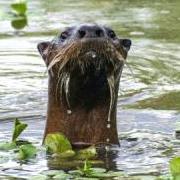
Choosing durable dog collar thread... linen, Nylex etc...?
LakeOtter replied to LakeOtter's topic in Sewing Leather
Chuck123wapati and FredK -- re: wiggling awl : Thanks for confirming this so I can practice exactly that, a bit more, as it worked but left too much traces my first time wiggling. I thought I saw J.H. do this, but when I tried it on some thick veg tan leather, either I didn't use enough finesse or the leather is bad or a bit of both. Or I need to sharpen my new Osbourne saddle harness awl, or all of it, lol. It left wee, raised divots or artifacts from wiggling that I could still see after stitching. I intend to improve tooling pictoral designs, so I'm using bare veg tan (dry for stitching). I have some Herman Oak butt but I experiment with cheaper stuff I bought earlier, and save the HO for real projects. Some came from Italy, but last night's was a quick purchase of some 8oz or so from Hobby Lobby, and so it's possibly the worst of the 3. It was as bone dry as a FL air conditioned cabin allows. Maybe the HO would do the same thing, though, since it takes good impressions (good and intended or not). Probably not the leather's fault... Practice practice, I'm sure will just be key, so thanks for confirming wiggling is normal... I did notice doing so, on top of the unexpected free JJ saddlers harness needles that came with the Riza thread, allowed the work with the existing awl, which was nice. The needles worked fine and were one size smaller than I had, so that helped and was serendipitous when I opened my first Riza thread 😊 Sounds like just practice is needed and things are looking good. -

Choosing durable dog collar thread... linen, Nylex etc...?
LakeOtter replied to LakeOtter's topic in Sewing Leather
Ugh... I like this Osbourne haft and awl blade but it seems the Saddler’s harness awl blade is listed as "1.2mm" and the holes are a bit small to have to yank thru the needle with 1.0mm thread (fairly flat thread, even). I'm using a John James saddlers harness needle, "18" size or 1/0 (single 0) which seems fine but the locked thread just past the eye is what's a bit fat for the awl holes. The awl blade is listed where I bought it as "1.2mm" ...it measures more like 2.7mm at its widest point of the diamond blade and, yes, 1.2mm thick the other dimension (length doesn't matter here). SO many sellers of Osbourne saddler's harness awl blades just list the length of the blade and not the thickness or width. They say things like "#45" and "2 1/4 in. long" but so far just the one sell lists the thickness which is obviously very important here, and I can't find a master C.S. Osbourne list of numbers that specifies their widths. So I guess I'll order from my same seller (not that they have all the choices others have, by number) and get the shortest 1.5mm and the shortest 2.0mm wide saddler's harness awl blades and eventually use them all. Not sure which I'll need for the 1.0mm Riza thread... the 1.5mm or the 2.0mm-wide saddler's harness awl blades until I try, lol... Thanks again for all the great experienced input -

Choosing durable dog collar thread... linen, Nylex etc...?
LakeOtter replied to LakeOtter's topic in Sewing Leather
Thanks again not only for this but for everyone's comments including KillDevilBill above and everyone... Cool re: Tove... I have an overstitch wheel I can identify the sizes of and use but, at least, instead of hammering the cheap chisels thru tonight, I'm using the size array of diamond chisels like a crummy pricking iron, at least this week. The points are short, and I can pierce the 9oz leather a small fraction of the way and still get a slant to match up my CS Osbourne diamond awl angle, which was pleasing. I won't be using them long, I'm sure. That's great stuff about using different awl blades sometimes... I am currently using a CS Osbourne saddler's harness awl, but noticed they make a "stitching awl" blade (not the Speedy Stitch tool thing, these have no hole and say use with the same, regular Osbourne hafts) that looks like the same blade up front as the saddler harness awl blade, but the rear half is just cylindrical like they didn't forge that half into a diamond... an elongated Roman spear shape. I'm sure I'll discover the benefits of all the types including what you mentioned! Oh KillDevilBill mentioned not liking very slanted stitches... I am noticing my diamond awl, at the angle I'm using, provides enough slant for me. I like that much and I like the way the diamond awl operates easily. I guess I'd need to punch (or awl?) circular holes to have straighter stitches, but I'm liking these. I'm now wondering what the end difference is using French pricking irons or diamond pricking irons (also real ones not chisels), when using the same awl to pierce the leather, anyhow.... is the marked angle actually different? I can see each mark is wider with some French, but I can't tell from pictures if the actual angle is steeper than the non-French pricking irons. In any case I'll probably wind up with diamond pricking irons as long as they're not actually pointed chisels...? I'm thankful to discover people willing to share such valuable stuff, as every single reply has been. I've been in circles where that was hard to find. -

Choosing durable dog collar thread... linen, Nylex etc...?
LakeOtter replied to LakeOtter's topic in Sewing Leather
I would like to thank everyone including the ones zeroing in on dog collars like Tove09Tilda and chuck123wapati! I really didn't expect sewing to be such a rabbit hole. I'm used to tooling a novelty and either not sewing it or just getting by a bit. I really want to get serious about using my tooling (stamping) in dog collars and, since I'll have the thick veg tan leather wet, when or if a groove seems prudent I will have that aforementioned chance to just compress a token groove to my liking and not necessarily have to gouge one with a groover. I really appreciate the takes on when it's needed and not (or even counterproductive). In fact, I started looking at French style pricking irons (which are hard to find in larger sizes... I finally found a 5.4mm spacing) but then it hit me -- goodness, that's a pretty wide groove needed to accommodate the slants! This adds another twisty turn to my stitching rabbit hole. Maybe I'd better stick to diamond style for now, whether pricking iron or a punchy stitching iron/chisel. I am serious about things I embark on, and I initially liked the idea of practicing and achieving success with pricking irons and an awl. I got an Osbourne awl haft and a 1.2mm diamond awl blade to go with it. I got 4mm pricking irons (Wuta) but for the 9oz leather I have (I already have a lot of Herman Oak 9oz and I know a lot of people with huge dogs) I started looking at larger pricking irons (for larger thread like .8 and 1.0mm thread) like 5.4mm spacing (which is some of the largest I could find at a doable price, Sinabroks). But I don't want to sink $180 (after shipping) on a pair of them in French style and wind up wishing they were diamond or straight. Actually Tove09Tilda mentioned using up to 1.0mm thread with 4mm pricking irons like I have... I'll have to experiment, since I thought that might be too chunky, hence the eye on 5.4mm pricking irons, be they French or not. Now I'm not even sure what style to get. I'm all about experimenting and practicing but I like to buy the right items the first time (because I know I'm committed to what I begin, as I was making archery bows and decent woodwind instruments) but outfitting right the first time, with premium stuff, seems challenging with stitching, lol. Again, thanks for the wonderful posts! Very useful. P.S. Update -- I did just find some wider-spaced prong diamond irons that, while economy, had surprising reviews and will help me learn, because I was able to get several spacings in 3,4,5, and 6mm all for pretty cheap, to try, and get a handle on what I'll use the most. I figure I can either all the way punch thru or, even, use them like pricking irons with my awl, to start with, if I like, so long as I give them a tap enough to get past the point. Then, if I buy expensive ones, later, I'll know which I need. I just get scared because sometimes, "later", I don't have any money, lol. -
Hello and thanks in advance. I have more tooling practice, by far, than sewing, and so I'm studying two handed saddle stitching, got a pony, etc. I just want to chose a saddle stitching thread that is practical for durable use on H. Oak veg tan butt dog collars I'll be concentrating on, and trying to eventually get a few into the local tack shop with tooled designs. And I'd like to get used to what I'll continue to use, up front, and not start all over, soon, with how something behaves. I have been looking at saddle stitch info... Al Stohlman was back in the day and, even today, Jo H. is purposefully traditional. These sources recommend non-waxed linen thread, because they recommend not waxing the ends so that better ends can be made But what about my modern options like the awesome sticky thread mentioning Nylex in passing? Synthetics sound durable, and I've seen a burner tool... maybe that helps with "proper ends" in this manner? I just want a reliable product; I don't thing my customers will care if it's synthetic. The main feature is some hand-tooled designs and custom lettering. Thank you for your thoughts (or links) on pros and/or cons of threads, pre-waxed or otherwise. Jeff, Silver Springs FL, Ocala Forest
-
Thanks so much. I appreciate every recommendation so I know I'm not missing anything. I'll check out Robert Beard, and I super do plan on some of my own tinkering with some. I have decent files and, in case or extra removal, a diamond (CBN actually) HSS sharpening wheel left over from my prior lathe gouge maintenance, on a slow speed grinder. I wasn't sure of the no.(s) exactly I was looking for, since I don't know all the variations. But it occurred to me to look at the elCheapo-kit stamp that I like the convex nature of... and, looking, she's a 217, so (duh, I forgot to look) I'll look at other makes of 217 as well as others. Thanks for the obvious reminder, sometimes it's been right under my nose. Also I lucked up and hooked up with two Hackbarths (prob. from one of you?) from CountryZach, a 411 and a 414! Thanks again! (P.S. I'll be sure to brush up on my metal sculpting skills & practice on a spare stamp, bolt, or an old printer rod etc. before I take a file or grinder to a new BK)😅
-
I started with a super el-cheapo pear shader that I've actually gone back to using, for now. It is quite rounded over or convex-topped and easy to use, for me, for making nice, contoured dish shapes. When I received my B.K. Pear shaders, I was surprised to find they seemed scarcely more rounded over than a thumprint (which I expect to not be very rounded over on top). I love Barry King products and have nothing to criticize, here... in fact, I also noticed another premium brand or so pears that were fairly flat-topped like this, as well, when browsing pictures online. Must be an expert thing. (see pic attached) As a returning novice (with experience, tho) I find it difficult to make as gentle of a convex impression. They want to dig in like a thumbprint, requiring loads more expertise in walking it around and tapping gently around the outside on the shaded area, to compensate, esp. when checkered (if even possible). This flatter-or-more-rounded seems to be a preference thing. Jim Linnell showed an early Ray Hackbarth (long gone except vintage used) pear shader that was more rounded over like my cheap one. The only thing I don't like about my cheap one is its cheaply molded “checkered” pattern that matches nothing else I have. Does anyone know where I can get a more rounded pear shader in choices of horizontal lines and fairly fine checkers? I believe Hackbarths to be few and far between. Thanks! Jeff in FL
-
Nice big oak leaf... I often associate that sort of leaf of chipster99's with more Northern areas, but then I think I saw some similar to this changing colors on a different road about 10 minutes from here. Cool that you showcased the dried leaf with the good carving
-
I put some shapely, smaller oak leaves (from my yard adjacent to Ocala forest) onto my scanner. I did not squash them flat with the lid (rather I laid paper over them) but since they had twisted shapes, even forcing them flat-ish did fold over some of the lovely U-shapes (the U-shapes waiting for undercutters or lifters on leather). You can see where these few folds happened, so when I trace over them I will draw U-shapes there instead of the folds. In case you'd like some of this size or species to trace. Each full image equals one 10x8" or so standard sheet of paper. and is around a half MB each. I'm still a novice but wanted to draw up something original.
-
Hello, I recently reached a nice, helpful lady at Barry King tools via the number on their website: 307-672-5657 There's not been any answer at numerous, different times today so I was wondering if they are closed Mondays, all at a show, or just busy. Anyone know? Thanks! Jeff in FL
-

not squashing detailed carving in a stitching pony
LakeOtter replied to LakeOtter's topic in Sewing Leather
Hey, to each of you, thanks for the considerate and thoughtful replies including extra resources I'm genuinely checking out. I have a nice little Jim Linnell library and most of the stamps I should need, having gotten some years ago and then now... a variety of brands (you know how a lot of cheap ones are fine but some either need to be either premium ones, or modified). When I was learning before, I don't remember how I stitched on the straps to this poorly-beveled archery arm guard I made years ago (Pics attached, LOL) Pretty beginner-looking but it works great, still! I made the conical pattern by holding thin cardboard up to my arm. The Hobby Lobby ReaLeather veg tan has held up pretty well with conditioners. Over Time: I am and will be practicing small carving patterns for skills to eventually design and make unique FL/tropical-influenced pseudo-western patches to sew onto trucker hats, hand tooled instead of the laser ones popular now. You'd think some of the folks dropping a mint on tack and belts and boots still don a cap instead of a cowboy hat sometimes, and might drop a few extra bucks on a hand-tooled patch. Even buckstitch around it maybe sometimes. And I'll be doing collars for my dogs which would be great collar or belt practice. I also aspire to eventually make sheaths or cases for Native American-style flutes. I'll check out every link sent, thanks! The Linnell videos will continue to have me practicing a lot doing the walk-thru pieces repeatedly and finding hatchets and things to strap the practice pieces on (maybe starting with the next one... I ain't showing my recent piece, lol... it's that beginner Stohlman flower he and Jim start you with except I sized it down considerably, to fit on a tall trucker hat, lol.... so it made it harder and I ain't showing it, lol. The decision was made for me to move to this craft I admire, from wood and Native American-style flutes I spent years on and developed a trusted name (Otter Lake / Jeff Burris)when I moved to a wonderful forest cabin (but tiny with no garage) and wasn't able to afford the expected add-on shop to my new place. I could no longer set up my machines and continue flutes , and so my lathes and gun drills etc. will all be pickled in a 10x10' shed or maybe sold. So I'm starting over one last time at 54 and re-entering carving leather with the same dedication and zeal, to glorify God and make things pleasing to hold and look at, that I had for the studio-ready wooden instruments that, once sold on occasion to instructors and recording artists, are now permanently out of stock, while I've set up to practice leather daily and give it my all for years to come (if the creek don't rise). Thanks -- you all are like the flute crowd in that there is a bunch of stand-up, friendly help. -
Hello and thanks for having me! I am excited to immerse myself into carving leather, which I'd done a little of years ago. Moving back to leather craft allows me to operate (on some level) with less space for all the machines I had to have for making Native American-style flutes, like two lathes end-to-end with a rifle boring drill modified for cutting wooden bores for woodwinds, etc... it may require a couple years practice before I'm comfortable selling anything, all over again (like it was with my better flutes), but I always did want to get back into tooling leather, so now's the time, since the plan to build a wood shop has fallen through (long story, it wound up costing twice what was expected to build the new shop on the new property... when I'd originally priced it, before selling my home and moving, two outbuilding/shed builders both lied about being licensed or insured). I didn't want to get set up to be sued, didn't have time to DIY being a contractor, and so I'm caving in and adapting to a smaller space, but still doing something I do love on the side (leather, now, again...not that I got really far with it before like I did flutes). At least I made a splash in the flute world while I was there, and I will love the larger niche of leather tooling, esp. since I have unique spins in mind for the designs, which I hope someone will want (like Florida imagery for cowboys and cowgirls, here, instead of us all showing out-of-state flora and fauna on our leather in FL). Or a premium, hand-tooled leather patch on a trucker hat instead of the ubiquitous $4.90 laser patch or one-giant-stamp-smush. The cheap leather patch hats are popular (like Hat Bars mix and match tables at certain shows) and so I thought if someone is wearing a $450 tooled belt and expensive boots, mightn't they get a trucker hat to match that's got a hand-tooled leather patch instead of the $5 one? Just a thought. And I have flute bags and other things in mind, maybe belts one day with lesser-common, FL imagery like hibiscus and manatees in between the acanthus leaves etc.) Thanks again. Jeff in FL Stuff I was making before I moved (all out of stock indefinitely, nothing for sale): https://otterlakeflutes.com/shop/ (you might have to dismiss a wordy farewell-for-now notice to the NAF community to view the page)



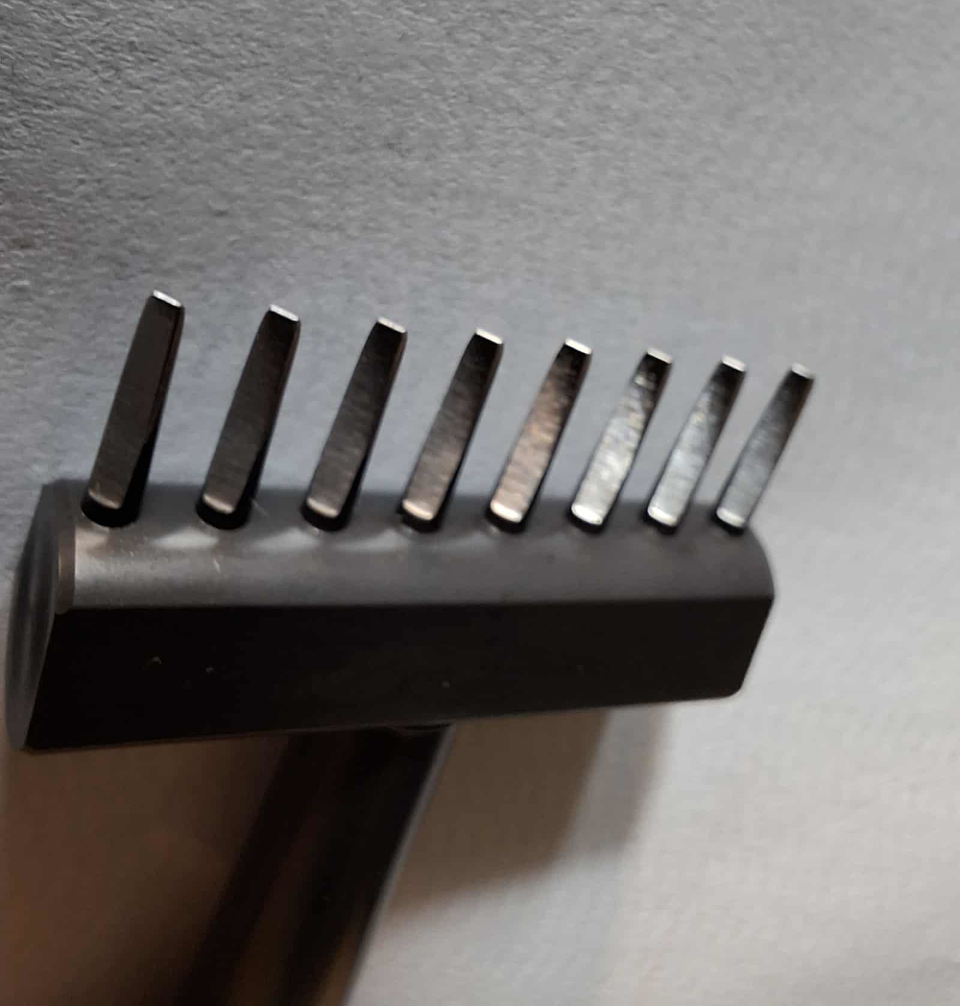
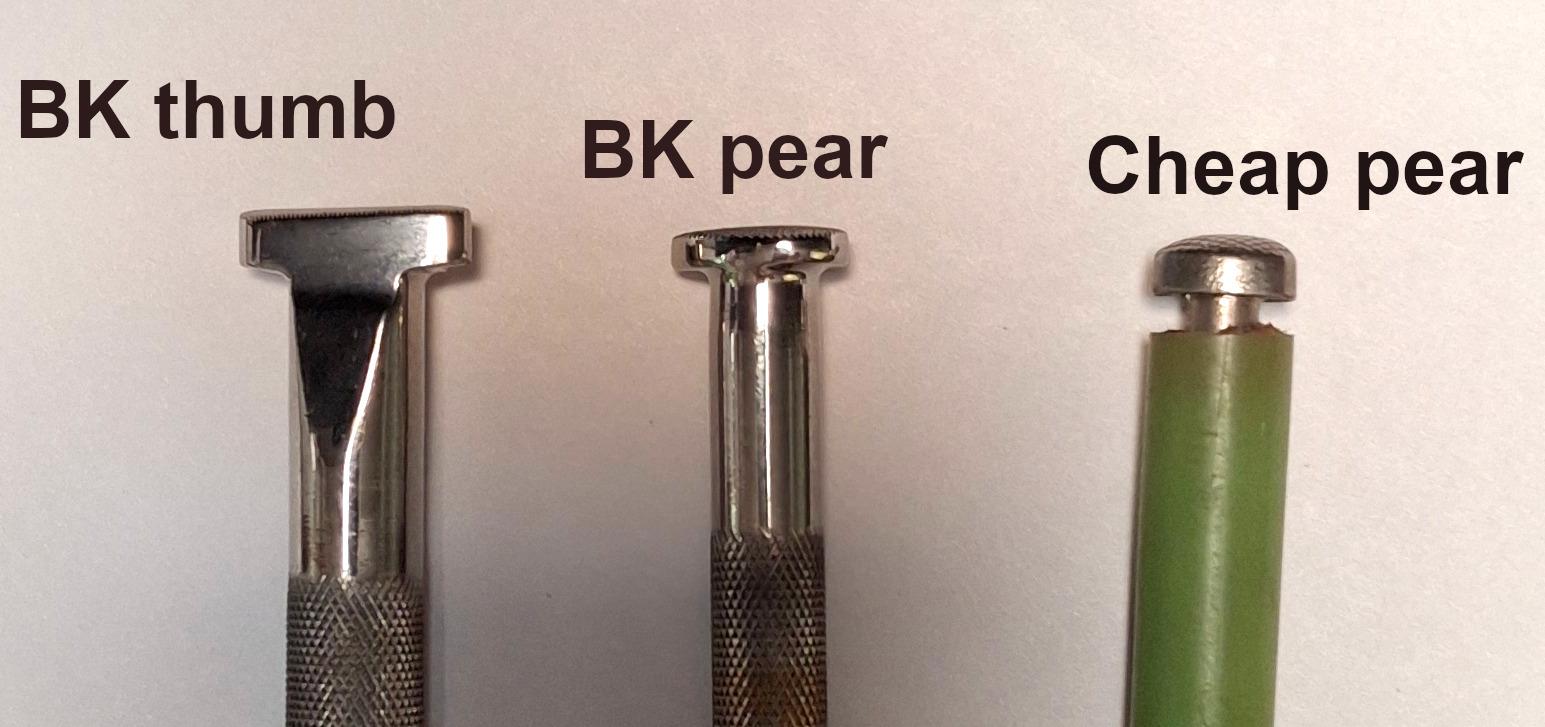
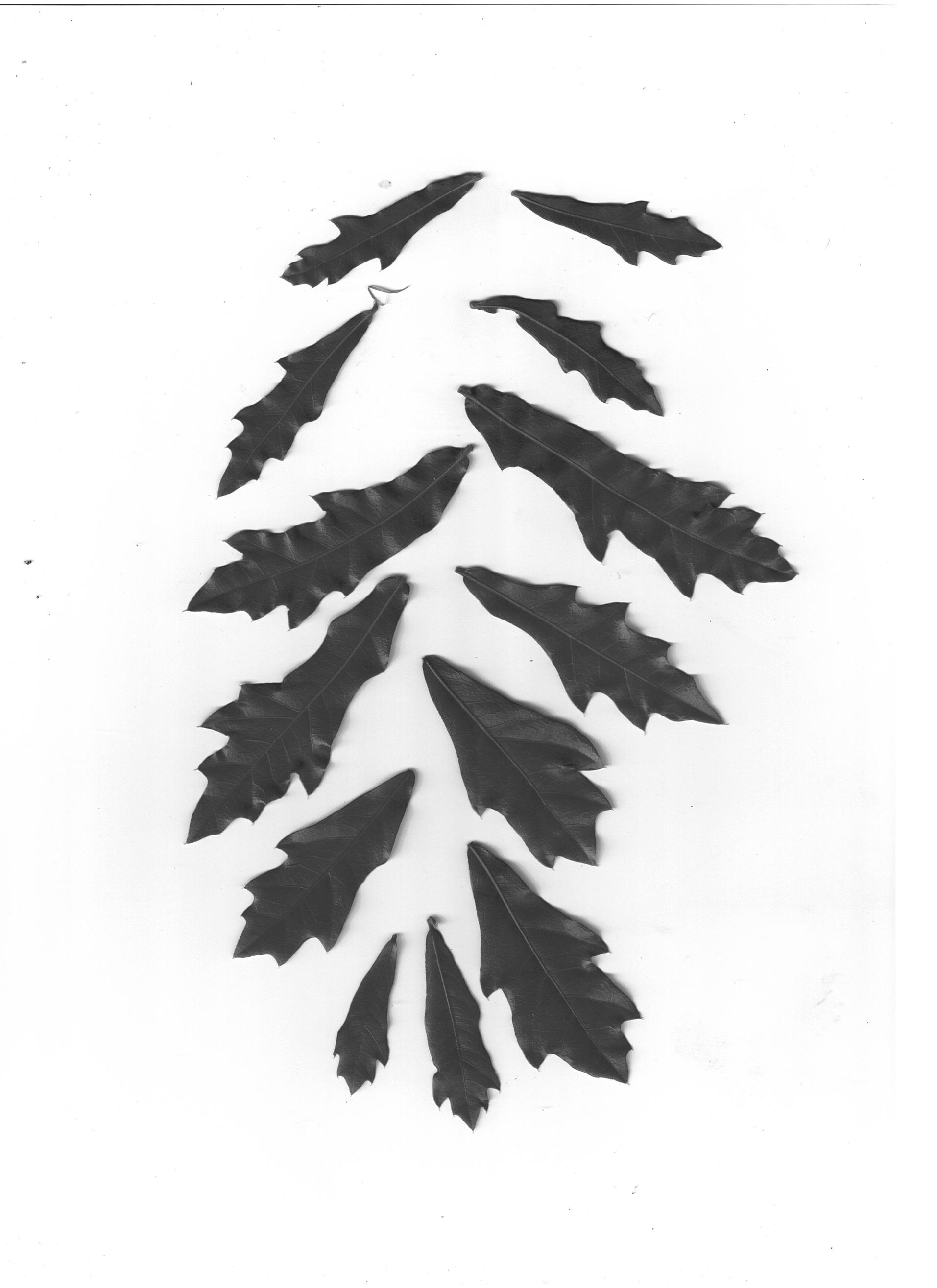
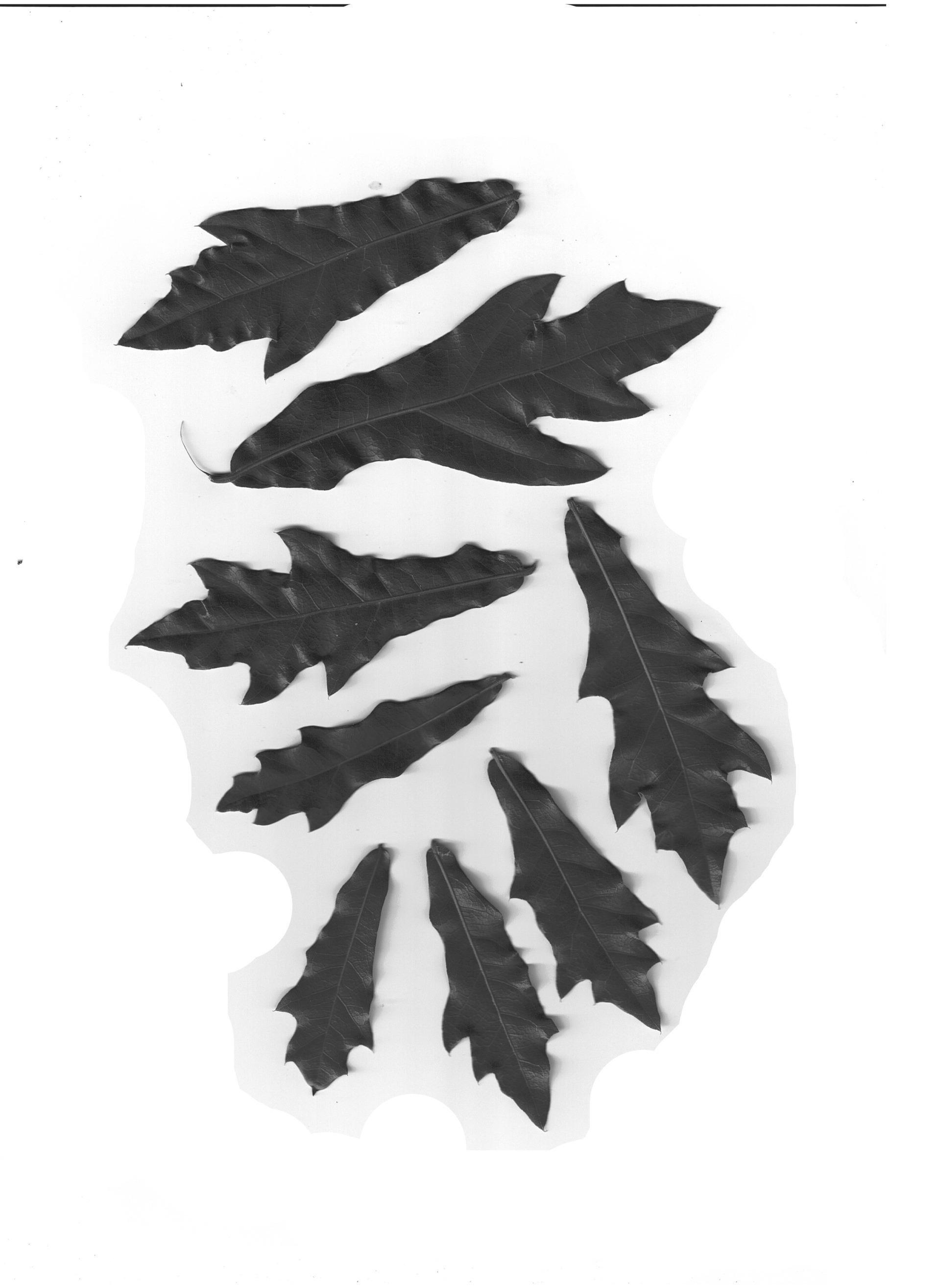
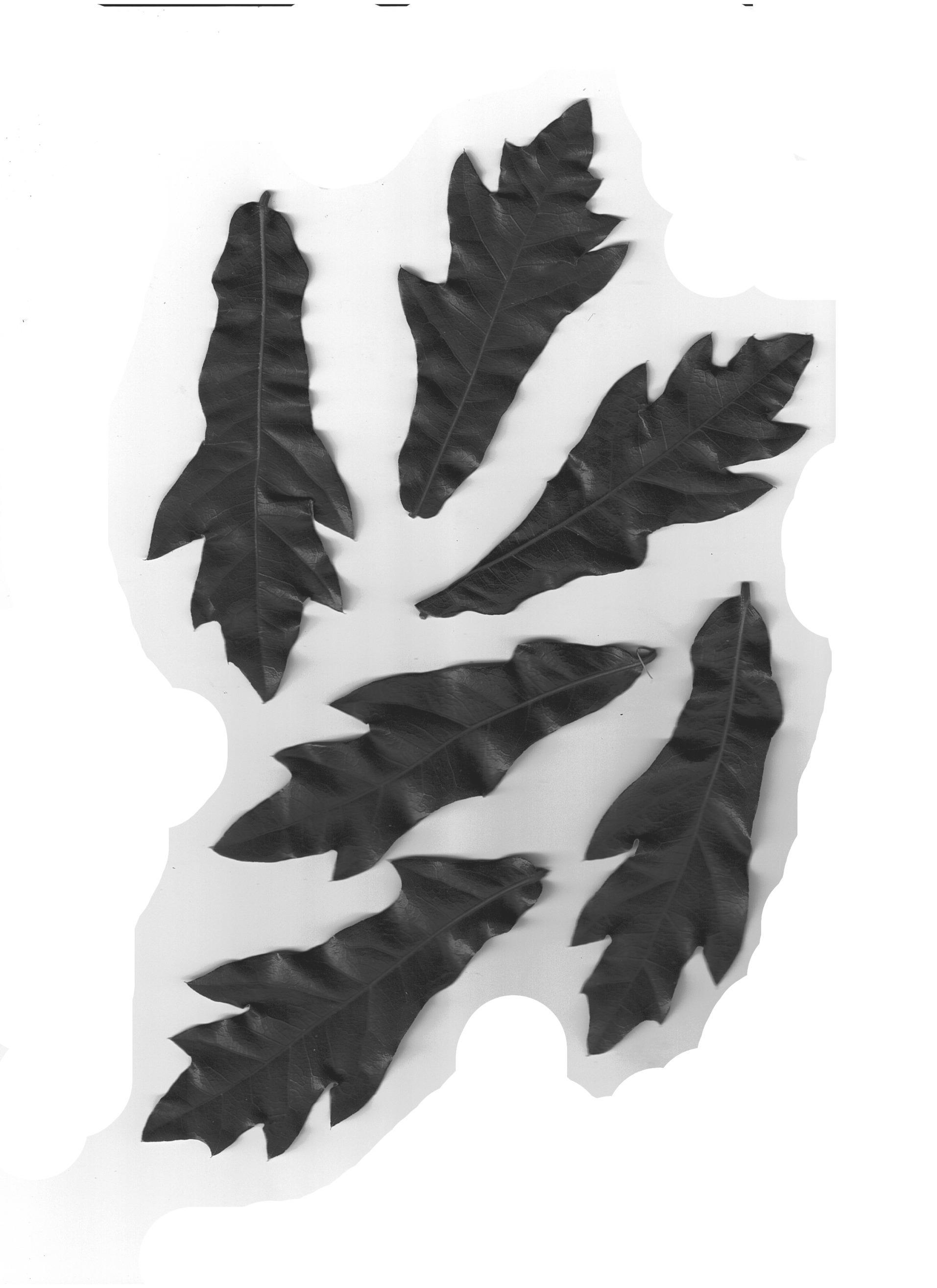
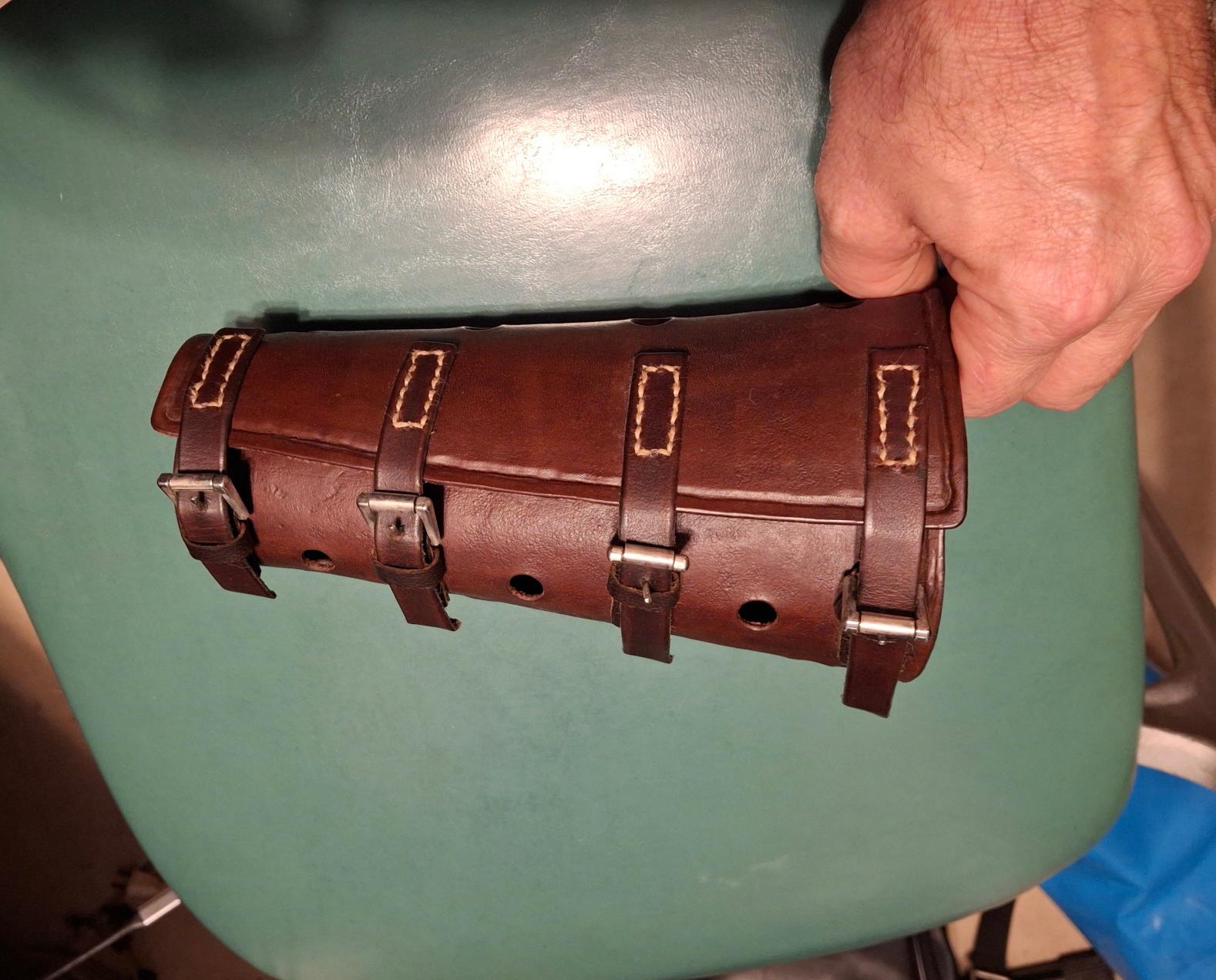
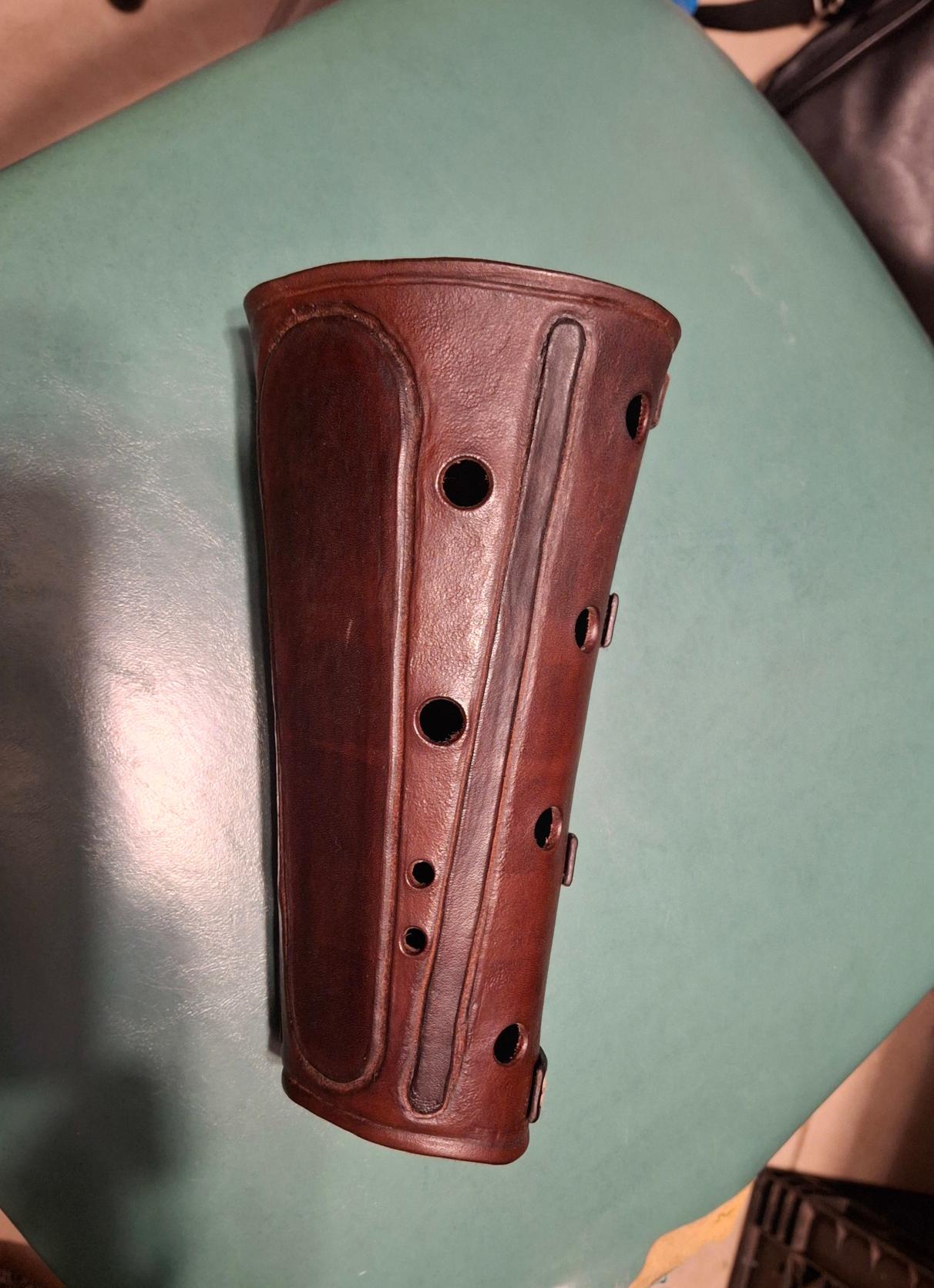

.jpg.e8f03fa0d4c2380c284305f5256b82eb.jpg)

